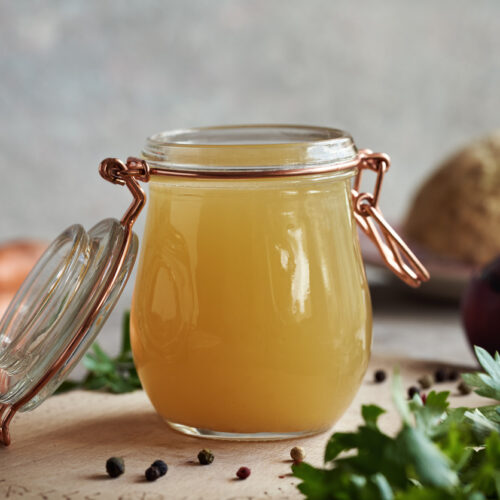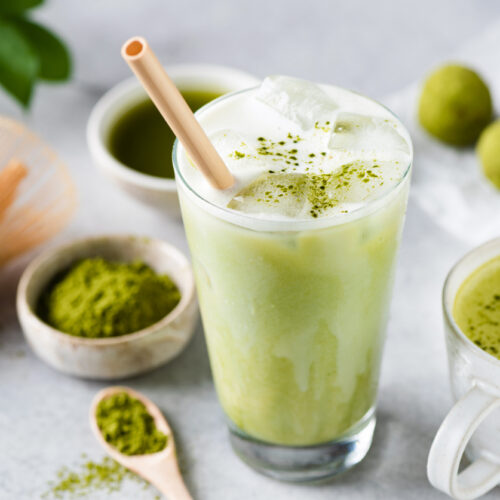
With Omicron sweeping through communities around the globe, now is the time to plan ahead. Should you and your family need to retreat into COVID-related self-isolation, it’s worth giving a little thought to how and what you’ll eat. Founding editor Niki Bezzant offers some handy tips to get you through 14 days at home.
Being isolated at home doesn’t mean dinners have to be boring. In fact, why not use it as an opportunity to try something new?
1. Food delivery when self-isolating
Food delivery services are an ideal and convenient solution, if they’re available where you are.
Consider the healthier options in food-and-recipe box services and enjoy trying some new recipes.
And, of course, restaurant delivery services such as Uber Eats are good when you don’t feel like cooking. Uber Eats offers an option to have your food left on the doorstep, so no one needs to make contact.
In many places, you can order your groceries online and have them delivered.
2. Plan your meals
You can download this easy meal planner and shopping list to jot down what you’ll need for the recipes you’ll make over the coming weeks. Or use our healthy meal plans and shopping list function. This will help you keep costs down and make sure you have everything you need to feel comfortable at home.
Cooking during coronavirus self-isolation
Cooking your own meals, if you’re feeling up to it – is a budget-friendly and healthy option. It might also be a nice distraction when you’re cooped up. Here are some ideas to help you set up to eat well in self-isolation.
3. Batch cook while you’re well
If you’re lucky enough to be well, it’s a good idea to spend a day in the kitchen making meals that you can use later or freeze and reheat, in case you don’t feel up to it in a few days. Here is a cook once eat for a week plan that includes meat and here is one for vegetarians.
4. Stock up on tinned legumes
Canned beans, lentils and chickpeas are a great pantry standby and can be the basis of many a delicious meal. You can keep it as simple as Chilli beans and lentils on toast or get a bit more creative and make these tasty little Beef and chilli bean pies.
Make the most of a can of lentils with this fragrant Lentil, tomato and ginger curry soup (if you’re sniffling this one is deeply comforting, too).
5. Take a tin of tomatoes
The other canned essential is humble tinned tomatoes. Use them to make a simple pasta sauce, or in chilli or a curry. They’re a base ingredient in this comforting Beef and broccoli pasta bake which will keep everyone in the family happy.
6. Sup on soup
Soups are satisfying for body and soul when we’re feeling poorly. Try a super-easy Quick vege and dumpling soup using frozen dumplings and pantry stock. Change it up with whatever veges you have on hand. You can also use frozen peas to make this light and fresh zesty Thai green pea blender soup.
7. Make mine mince
If you eat meat, go for versatile and quick-cook mince for the fridge and freezer. Everyone will love Spring spaghetti with chicken meatballs (made with chicken mince)
8. Pop on a potato (or sweet potato/kumara)
Spuds and other root vegetables last a long time when stored in a cool place (not the fridge). They’re incredibly useful, too. These Chicken fajita-stuffed potatoes can be made with potatoes or kumara and make the most of canned baked beans. Potato mash also tops this comforting Fish pie.
9. Go fish
In your fourteen days, you’ll be wanting to include three or four fish meals. Try these Crispy fish bites with wedges and slaw for a healthy take on fish and chips, or use tasty smoked fish for Cauliflower and barley pilaf with smoked fish.
10. Spice it up
When you’re feeling blocked up with respiratory illnesses, the taste buds can be a bit dulled. Spicy food can be appealing, like this Beef, broccoli and tomato stir-fry curry. Or for gentle spice – just a hint of ginger – try this Braised Japanese chicken with edamame. It’s comfort food at its finest.
11. Fry up a fritter
For breakfast, lunch or dinner, you can’t go past a fritter. These Corn and pumpkin fritters with herby hummus are made from mainly store-cupboard ingredients and will pep up a jaded palate.
12. Basic pantry list for self-isolation
Assuming you already have a good stock of spices, flavouring sauces and stock, here are some other useful ingredients to include that will see you through the 14 days. For more inspiration on what to stock to last you 14 days check out these self-isolation kit essentials.
- Canned beans
- Canned lentils
- Canned or dried chickpeas
- Canned tomatoes
- Baked/chilli beans
- Canned tuna/salmon
- Frozen vegetables – include edamame and corn
- Frozen dumplings
- Frozen pastry
- Rice
- Quinoa
- Barley
- Pasta
- Beef mince
- Chicken thighs and breasts
- Fish fillets
- Beef steak
- Chicken mince
- Eggs
- Potatoes
- Broccoli
- Cabbage
- Salad leaves
- Sweet potato/Kumara
- Pumpkin
- Selection of seasonal fresh vegetables
- Selection of seasonal fresh fruit
- A few of your favourite treat foods
13. Food safety tips
First of all, make sure anyone who has symptoms keeps out of the kitchen.
This might be a time where sitting down together at the table is to be avoided, if some household members have symptoms and others don’t.
If everyone in the family is practising good hygiene: frequent, thorough hand washing; proper cough etiquette; and not touching their faces; that’s a good start to maintaining food safety in the kitchen.
From there, it’s also important to avoid sharing eating and drinking utensils.
Assign everyone their own cup, plate, bowl and cutlery, and make sure each set is washed with detergent and water, then put in the dishwasher.
Use disposable paper towels to wipe down surfaces frequently with disinfectant cleaning products.
Apart from that, the advice for safe food during self-isolation is the same as we should be following all the time:
- Wash hands frequently, especially between handling raw and cooked foods
- Use different chopping boards and knives for raw and cooked foods
- Cook food well, cover and chill leftovers quickly
Article sources and references
- COVID-19 (novel coronavirus) – staying at home (self-isolation). Ministry of Healthhttps://www.health.govt.nz/our-work/diseases-and-conditions/covid-19-novel-coronavirus/covid-19-novel-coronavirus-health-advice-general-public/covid-19-novel-coronavirus-staying-home-self-isolation
www.healthyfood.com










